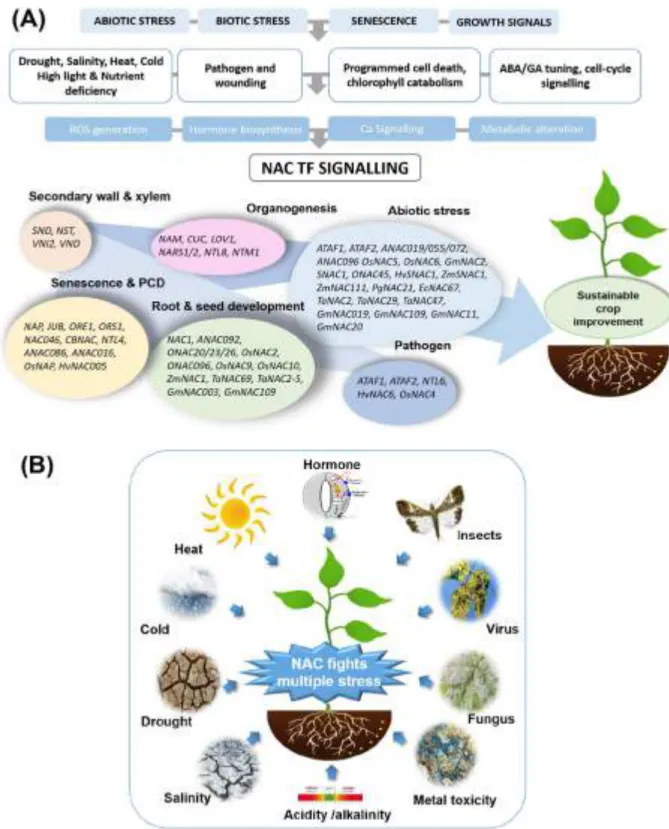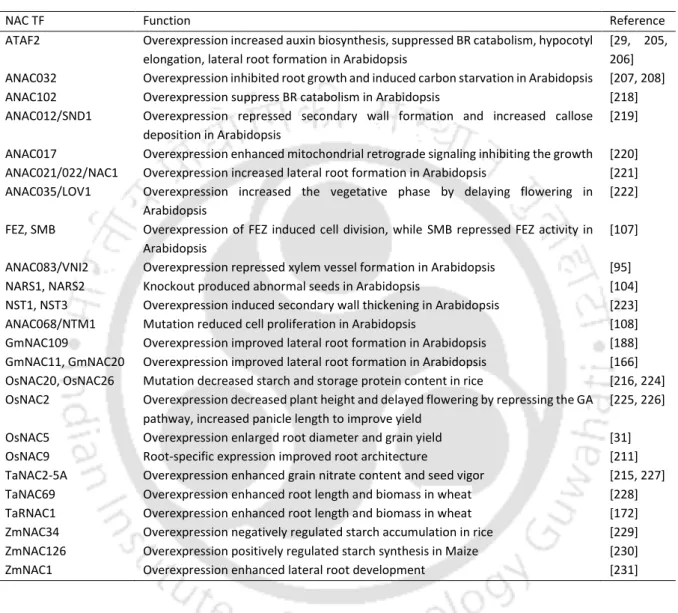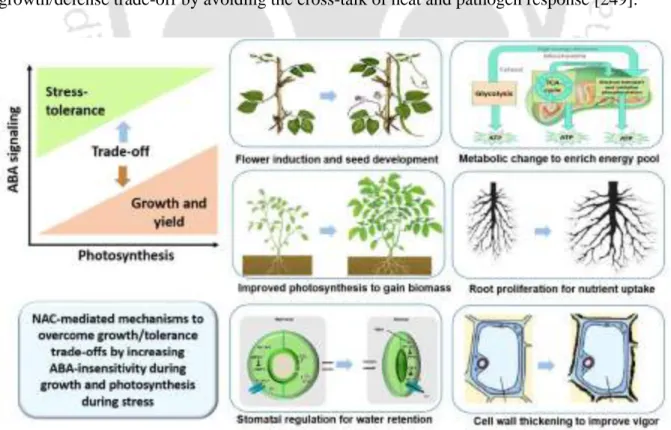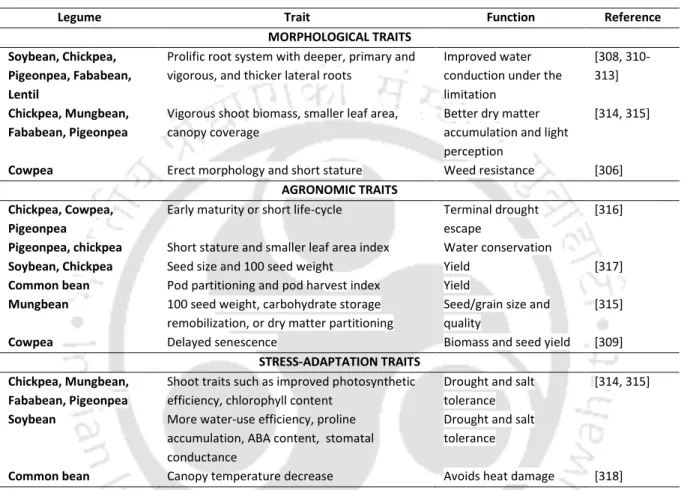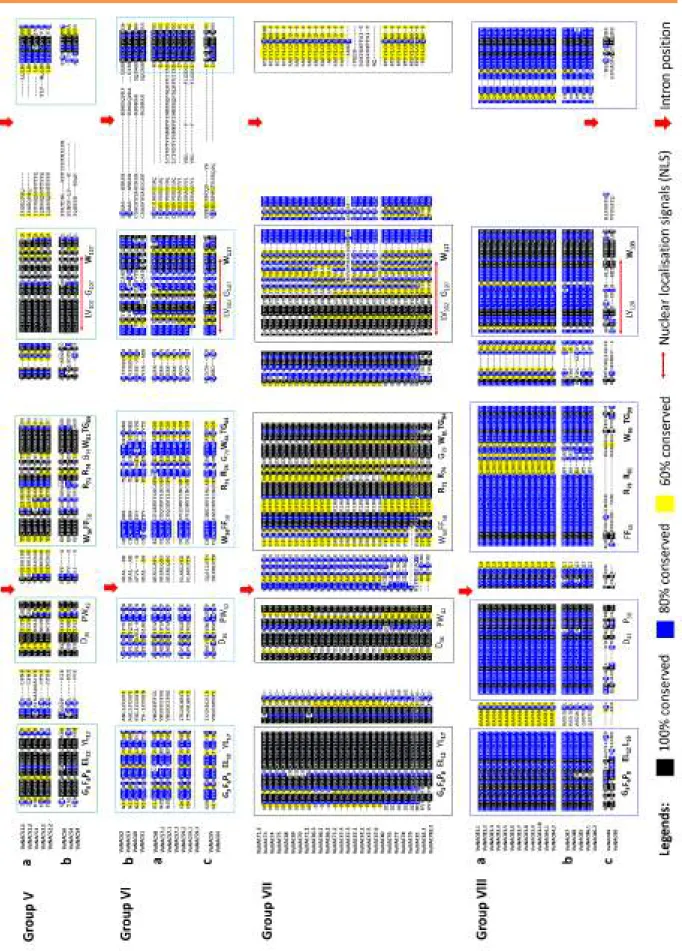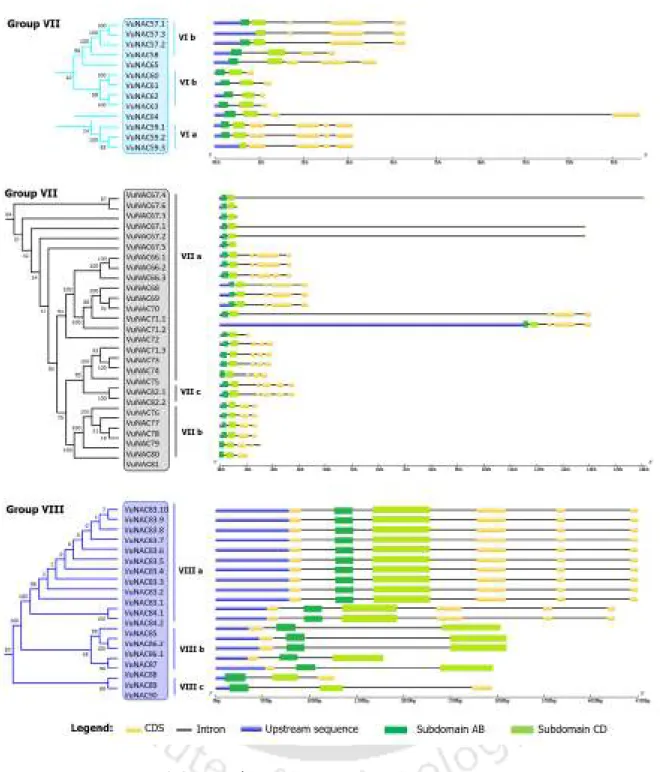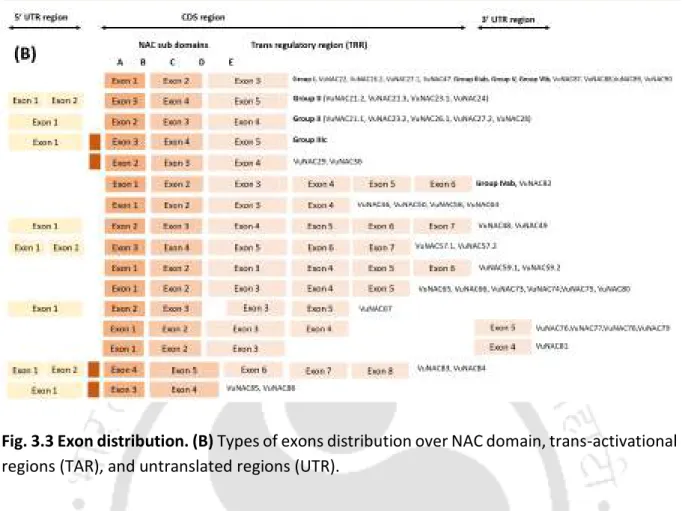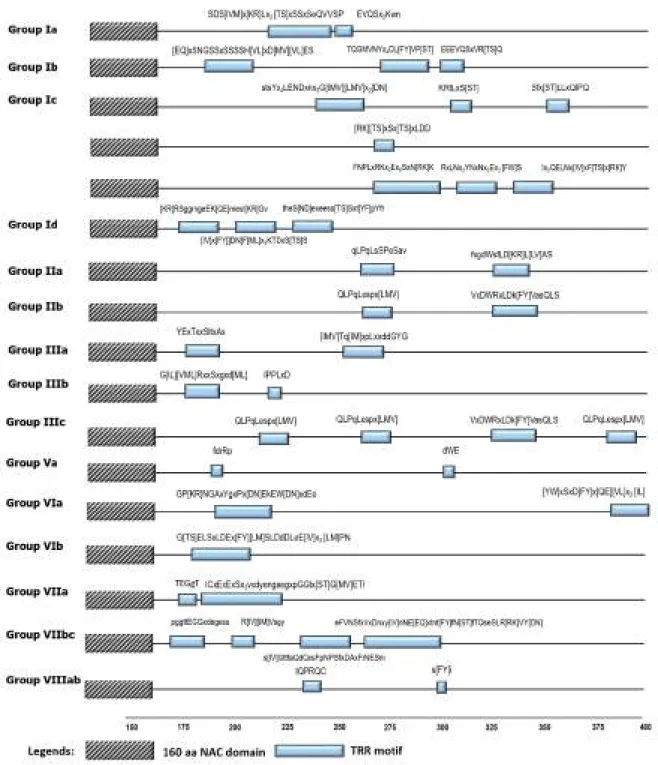These studies predicted a role for the VuNAC1/2 TF as a positive transcriptional regulator of abiotic stress signaling. Transgenic seedlings showed better growth under different stresses induced by PEG, NaCl, aluminum, cadmium and H2O2. To determine the functional aspect of VuNAC1/2 in landraces, the genes were overexpressed and transiently silenced to find gain- and loss-of-function phenotypes in a commercial cowpea variety.
Whereas loss of function by virus-induced gene silencing of TFs impaired vegetative growth and reproductive growth, indicating the necessity of VuNAC1 and VuNAC2 for basic plant development. The transgenic plants exhibited improved tolerance to persistent drought, salinity, heat and cold stress imposed during the terminal growth phase and maintained yield potential by maintaining tissue water status, Na+/K+ ion homeostasis, photosynthesis, membrane integrity , reducing power, and nutrient availability. Transcriptome analysis of transgenic plants showed the activation of a large set of chloroplastic and chromosomal genes forming photosynthetic components, stress response machinery, carbohydrate metabolism, nutrient uptake, cell division, meristem initiation, cell wall biogenesis, ABA , and auxin signaling, indicating the consolidation of various plant processes.
LIST OF TABLES
INTRODUCTION
- MOTIVATION AND OBJECTIVES
- THESIS OUTLINE
Currently in Africa, the gap between the genetic yield of cowpea and that of farmers is reported to be more than 300%, producing only 10–20% of the genetic potential [ 14 ]. Members of the ATAF subgroup are the most studied NAC genes in several plant species due to their ability to regulate the multiple stress nature [ 27 – 33 ]. This chapter discussed an in-silico genomic study to identify and characterize the NAC family in cowpea (VuNAC), sequence and structure analysis of genes, proteins and.
Constitutive expression of TFs improved multiple stress tolerance as well as vegetative and reproductive growth under nutrient limiting conditions, indicating better energy status of the transgenic lines. This chapter focuses on the functional characterization of VuNAC1/2 TFs in native species by studying their gain/loss phenotype in pea. Conclusions drawn from the aforementioned experimental objectives and future work perspectives are described at the end.
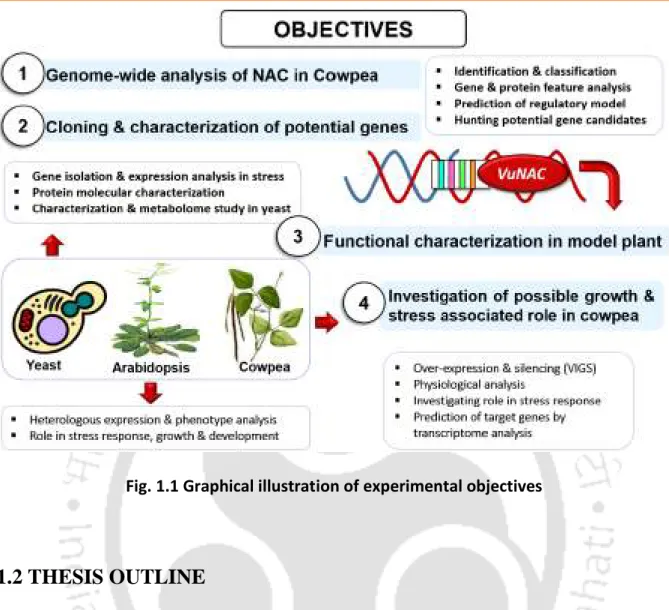
LITERATURE REVIEW
INTRODUCTION
- NAC transcription factor: a potential integrator of stress tolerance, growth, and yield traits in cowpea
- NAC: a multifarious TF family regulating basal developmental as well as stress- responses in plants
- NAC gene expression in the developmental and stress responses in legume crops NAC TFs were primarily known to regulate basal plant development. In the last decade,
- Potential utilization of NAC genes for abiotic stress tolerance in food crops
- Potential utilization of NAC genes to improve seed quality, pod-yield, and growth There are several agronomic traits, which indirectly or directly influence crop yield
- NAC regulatory network and targets
- NAC TFs can balance the trade-off between stress growth and stress tolerance Different stress signals converge at the transmission components, such as Ca 2+ sensors,
- Cowpea: a biotechnological model for legume improvement research
- Ideal genetic source to explore traits for nutritional benefits as well as stress-
- Production constraints in cowpea
- Major abiotic challenges and their effect in cowpea and related legumes
- Terminal drought impair vegetative proliferation and seed development
- Terminal heat and freezing stress impair flowering and fertilization
- High salinity cause lethal toxicity
- Nutrition deficiency and oxidative stress inhibit growth and survival
- Potential strategies to combat the climatic challenges
- Life-span and phenotypic flexibility
- Osmotic adjustment, osmoprotectant, and maintenance of membrane-integrity A more progressive drought tolerance mechanism includes physiological mechanisms such
- Increased production of anti-oxidants and ROS scavengers
- Tuning the balance between growth regulators and stress hormones
- Overexpressing the molecular regulators of stress tolerance
- Traits to be screened or improved in cowpea and related legumes
- Conclusion
The key to sustainable stress tolerance overcoming the tolerance/growth trade-off lies in the genetic diversity of varieties that inhabit the harsh geography. Duplication of NAC TFs and high evolutionary rates drove the versatile function of the family, conferring beneficial characteristics to confer fitness advantages in complex higher plants. A DBD sequence WKATGtDK is conserved in the C subdomain of most NAC TFs and binds the DNA major groove, responsible for the specificity of NAC proteins, while other moieties enhance TF binding [ 99 ].
The bioinformatic analysis and expression profile of various species including Arabidopsis, rice and other grains and legumes revealed that a significant portion of the NAC family is extensively involved in the regulation of diverse biotic and abiotic stressors such as drought, salinity, cold, high temperature, oxidative stress, etc. Most of the knowledge of NAC TFs has come from reverse genetics and genome-wide expression study in this model. In addition, the different regulators justify the differential role of the gene set, i.e., the involvement of ANAC072 in colds, dehydration, and ANAC019 and ANAC055 in JA and/or ethylene-mediated pathogenic response.
Microarray analysis of transgenic plants showed up-regulation of genes such as PRX46 (peroxidase 46), OsOAT (ornithine aminotransferase), HMA (heavy metal-associated protein), NHE3 (sodium/hydrogen exchanger 3), HSP (heat shock protein), GDSL -like lipase and OsPAL (phenylalanine ammonia lyase) [168]. However, microarray analysis of transgenic plants suggested independent gene regulatory mechanisms.
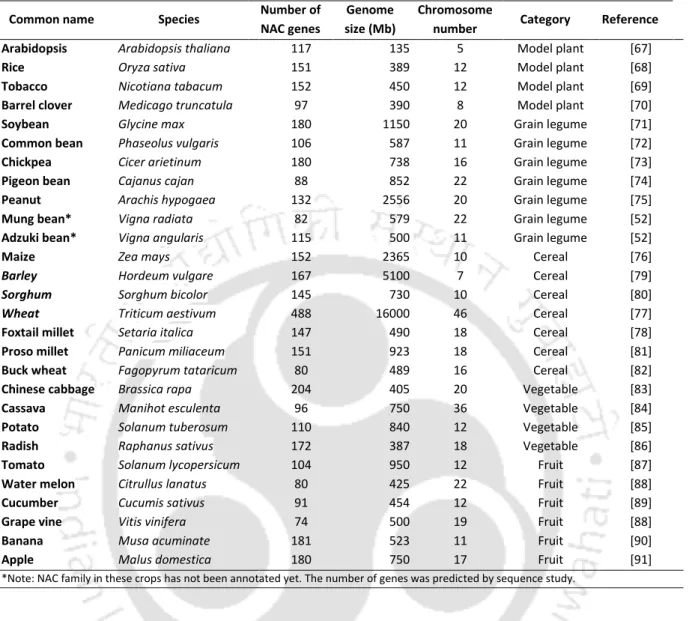
GENOME-WIDE ANALYSIS OF NAC TRANSCRIPTION FACTOR FAMILY IN COWPEA
- INTRODUCTION
- METHODOLOGY
- Identification of VuNAC TF family
- Alignment and classification
- Motif detection, NLS, and TMM in VuNAC TFs
- Gene structure and chromosome location and duplication
- Promoter analysis and study of regulatory elements
- RNA-sequencing and analysis
- Gene-interactome analysis
- RESULTS
- Cowpea attributed a large family of NAC transcription factors (VuNAC) .1 Identification, nomenclature, and classification
- The VuNAC genes exhibit prominent chromosomal duplication resulting in large paralogous groups
- Detection of conserved motifs in TAR region, transmembrane motifs (TMM), and nuclear localization signals (NLS)
- Prediction of biological functions associated with VuNAC proteins
- Expression analysis and elucidation of co-expressed network .1 RNA-seq study
- DISCUSSION
- The eccentric VuNAC family comprehends unique members, and the largest paralogous group expanded by extensive gene duplication
- Multi-tier regulatory network of VuNAC TF .1 Unique promoter arrangement
- Cowpea NAC family is multifarious in function .1 Versatile domains of VuNAC TFs
CLONING OF NOVEL COWPEA TRANSCRIPTION FACTORS AND THEIR FUNCTIONAL CHARACTERIZATION IN YEAST
- INTRODUCTION
- MATERIALS AND METHODS
- Gene isolation and construction of expression vectors
- Expression analysis and stress treatment
- Localization, transactivation, and dimerization
- Protein purification, EMSA assay, and structure prediction
- FTIR spectroscopy
- FESEM and Light microscopy
- LC-MS profiling of metabolome
- RESULTS
- ATAF-like VuNAC1/2 TFs isolated from wild cowpea genotype were induced by light, ABA, and multiple abiotic stresses
- Characterization of subcellular localization, transactivation, and dimerization abilities of VuNAC1/2 proteins
- Protein purification, DNA-binding activity, and prediction of 3D folding and secondary structures
- Potential conservation of NAC-like signaling in yeast
- Characterization of growth and stress response of VuNAC1/2 TFs in yeast system .1 Phenotype study of the transgenic yeast strains
- LCMS-based profiling of differentially accumulated metabolites (DAMs)
- DISCUSSION
- VuNAC1 and VuNAC2 are multi-faceted TF undergoing multilayer regulation The remarkable induction of cowpea VuNAC1 and VuNAC2 genes, in response to crucial
- The VuNAC TFs remodeled the primary biomolecule synthetic pathways in yeast The heterologous expression of VuNAC1/2 TFs led to differential accumulation of key
- VuNAC1/2 TFs exhibited dual functions of multiple stress tolerance and growth benefits
List of cis-regulatory elements in the promoter of the VuNAC1/2 genes identified by PLACE tool. The expression of the reporter genes controlled by the GAL4 responsive promoter in the absence of GAL4AD (activation domain) demonstrated the transactivation ability of VuNAC1/2 TFs in the yeast system. The study also determined that the sequences required for the transactivation are located in the C' region of the VuNAC proteins.
Also, fewer dead cells were observed in the transgenic strain during late-stationary phase than the wild-type counterpart (Fig. 4.5A). The wild type Y2H Gold was defective in the Ade2 gene, therefore appearing reddish brown due to the accumulation of the substrate involved in its de novo biosynthesis, i.e., P‐. Transgenic strains showed less accumulation of brown pigment when grown in defined synthetic minimal (SD) media (Fig. 4.5E).
Apparently, there are major differences in the biochemical composition of VuNAC1/2- ox strains compared to the wild type. In addition, less cell rupture was observed in the transgenic strains indicating reduced salt-induced cell death (Fig. A2.6, Appendix 2). Whereas, in the case of heat stress, the strain expressing VuNAC2 grew similar to the wild-type strain.
Examination of growth (A) and cellular morphology (B) indicated less cell shrinkage and/or rupture in response to the applied stress conditions in the transgenic strains w.r.t. In the VuNAC1-expressing strain, 858 (log) and 848 (steady-state) metabolites significantly increased, while 1084 (log) and 995 (steady-state) metabolites decreased. The remodeled pathways in the log phase of the VuNAC1-ox strain were illustrated in Fig.
We observed the accumulation of vitamin B1, B2, B3, B5, B6 and B9 and/or its derivatives in the transgenic strains. Pathways such as pyruvate metabolism, TCA cycle, glycolysis, etc., involved in energy conversion, were also affected in the transgenic strains (Table 2 and Supplementary Table S11). In addition, the healthy survival under limiting nutrients indicated the sufficiency of purines and other critical nutrients in the transgenic strains (Fig. 4.5F).
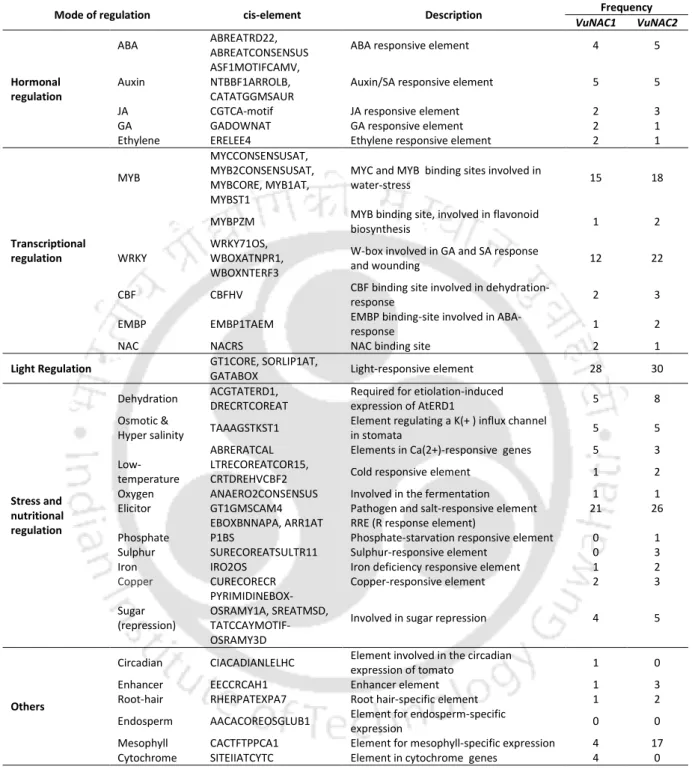
CHARACTERIZATION OF VUNAC1/2 TFS IN RESPONSE TO ABIOTIC STRESSES UNDER STARVATION
- INTRODUCTION
- METHODOLOGY .1 Vector preparation
- Floral-dip transformation
- Growth conditions for stress analysis
- Physiological parameters and biochemical assays
- Visualization of stomata by FESEM
- Gene regulatory models
- RESULTS
- ATAF-like VuNAC1/2 TFs improved embryonic, rosette, and inflorescence growth in transgenic Arabidopsis under limited nutrition availability
- VuNAC1/2 TF overexpressing lines exhibited improved photosynthetic efficiency The induction of VuNAC1/2 under controlled growth conditions, and the promoter elements
- The transgenic seedlings displayed ABA and auxin insensitivity at germination and post-germination stage
- The ectopic expressing of VuNAC1/2 conferred tolerance to multiple abiotic stress such as drought, salinity, aluminum, cadmium, and H 2 O 2 stress in
- The transgenic plants displayed increased stomatal density
- Elucidation of orthologous interactome indicated VuNAC1/2 interaction with regulators of stress responses, hormone balance, metabolism, and growth
- DISCUSSION
- The VuNAC1/2 TFs improved stress tolerance without growth trade-off by modulating photosynthetic activity and sugar metabolism
- The multifaceted VuNAC1/2 TFs are associated with a network of proteins regulating stress responses, hormonal flux, and growth signals
The relatively increased growth parameters such as maximum leaf size (cm) and primary root length (cm) in the 4-week-old VuNAC1/2-ox seedlings indicated improved growth under both normal and nutritional stress conditions. The higher CO2 assimilation rate (A), stomatal conductance (Gsw), quantum yield of photosystem II (φ PSII) and electron transport rate (ETR) were noted in the VuNAC1/2-ox plants compared to the wild type. However, at higher levels (7.5 µM), the shoot and root growth of wild-type seedlings showed inhibition, whereas the VuNAC1/2-ox seedlings continued to grow, suggesting auxin insensitivity.
The germination rate (%) indicating less stress-induced inhibition of embryonic growth in the transgenic seedlings. The field emission scanning electron microscopy (FESEM) visualization of the adaxial (upper) surface of leaf epidermis revealed a significantly higher stomatal density in the VuNAC1/2-ox plants (Fig. 5.10). The results suggested that increased CO2 assimilation rate and stomatal conductance is determined by stomatal density in the transgenic plants.
We observed that stomatal pores closed under drought stress in VuNAC1/2-ox and wild-type leaves with a slight decrease in density (Figure 5.10). VuNAC TFs may be directly involved in the direct expression of genes related to stomatal development, such as ZmNAC49 and VvNAC17. While under drought stress, the stomatal opening was closed, indicating lower evapotranspiration in the transgenic lines.
Other stress-responsive proteins in the network were bZIP60 and NAC062, attenuating endoplasmic reticulum (ER) stress [446], DJ1A activating cytosolic superoxide dismutase, G2-like flavonoid regulator (GFR) involved in cold response and flavonoid metabolism, NAP and MKK9 regulating senescence and several proteins from the MATE (Multidrug And Toxic Compound Extrusion) family that regulates detoxification [450]. Several signaling proteins associated with growth and development processes were found in the network, such as Carbon/Nitrogen Insensitive 1 (CNI1/ATL31) ligase that controls postgermination nutrient signaling [451], ZAT6 that regulates germination under salt and osmotic stress, as well as cadmium tolerance [452] , ERF6/11 stimulating growth through GA-mediated responses [453]. Proposed regulatory network (A) The orthologous (ATAF subgroup network). B) The interactome of co-expressing genes (connected with gray lines) and protein-protein interactions (connected with red lines), the predicted regulon for VuNAC1 and VuNAC2 (C) The Gene Ontology (GO) analysis of the network annotated the cellular, molecular and biological function associated with VuNAC1/2 TFs.
One of the main factors accounting for this disparate behavior could be the different regulatory domains present in the VuNAC1/2 protein.
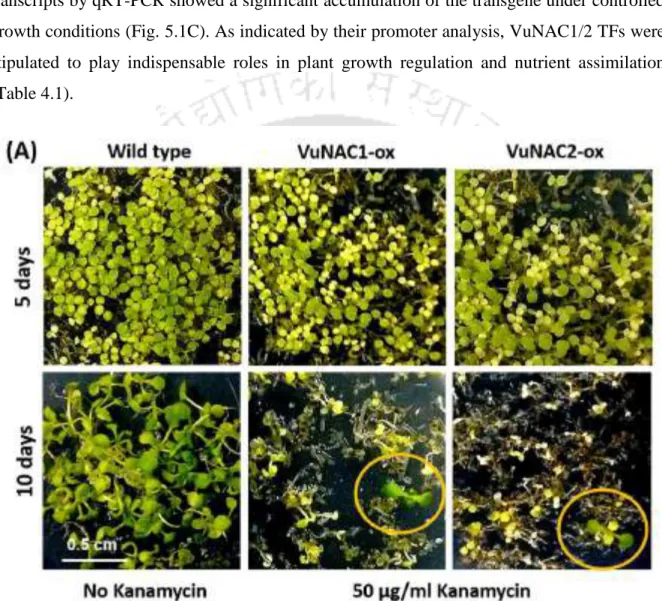
IMPROVING AGRONOMIC TRAITS AND STRESS RESPONSE IN COWPEA BY VUNAC1/2-OVEREXPRESSION
- INTRODUCTION
- METHODOLOGY
- Construct preparation
- Genetic transformation
- VIGS assay
- Growth conditions for stress analysis .1 Seedling-stage study in hydroponic culture
- Measurement of physiological parameters and biochemical assays
- Visualization of stomata by FESEM
- Transcriptome sequencing
Pod filling and seed yield decreased most significantly when the stress was applied at the vegetative stage [257]. Apart from stress tolerance, there are several morphological and agronomic traits of interest related to improvement for cowpea, such as forage growth, pod yield, seed weight, seed size and maturity period [305]. The key to sustainable stress tolerance by overcoming the tolerance/growth trade-off lies in the genetic diversity of the traditional varieties that inhabit harsh geography.
Some wild genotypes can thrive in the drier habitats with annual rainfall even less than 300 mm, and tolerate much higher temperatures than maize [40]. Genes involved in growth and yield maintenance in adverse conditions are usually not present in the cultivated cultivars due to their loss during domestication, germplasm enhancement and clutch resistance when produced in optimal environments. Encouraging growth-based traits such as forage growth, vigor, biomass and water efficiency along with multiple stress tolerance can yield higher yields.
NAC TF can mediate the cross-talk between different signaling pathways such as abiotic and biotic stress response, aging and developmental programs. The VuNAC1/2-si constructs were prepared by cloning the 300 bp non-conserved gene region from the 3' end, were cloned at the BamH1 and KpnI sites in the pTRV2 vector (provided from NIPGR, India) for AIDS-based silencing ( Fig. A4.1, Appendix 4). After blot drying, the seeds were transferred to germination medium (1X MSB5 basal salt, 0.8 % Agar, 10.0 µM Thidiazuron, pH 5.8) and incubated for two days at 27˚C in the dark, followed by long day.
The explants were damaged at the junction and immersed in the Agrobacterium strains carrying the 35S:VuNAC1/2 constructs (pre-cultured in AB minimal media + 50 µg/ml kanamycin until the O.D.600 reaches 0.6) suspended in co- culture media (LPGM, with freshly added 100 µM acetosyringone). The sterilized cowpea seeds were incubated in LPGM media for 24 hours in the dark to initiate germination. Healthy seeds from wild type control and T2 generation transgenic lines were germinated in the dark for two days followed by 16/8 light/dark photoperiod conditions at 28°C.
However, to assess the aging stage, the plants were grown in fields and their phenotype and biochemical parameters such as membrane damage and chlorophyll degradation were measured.
